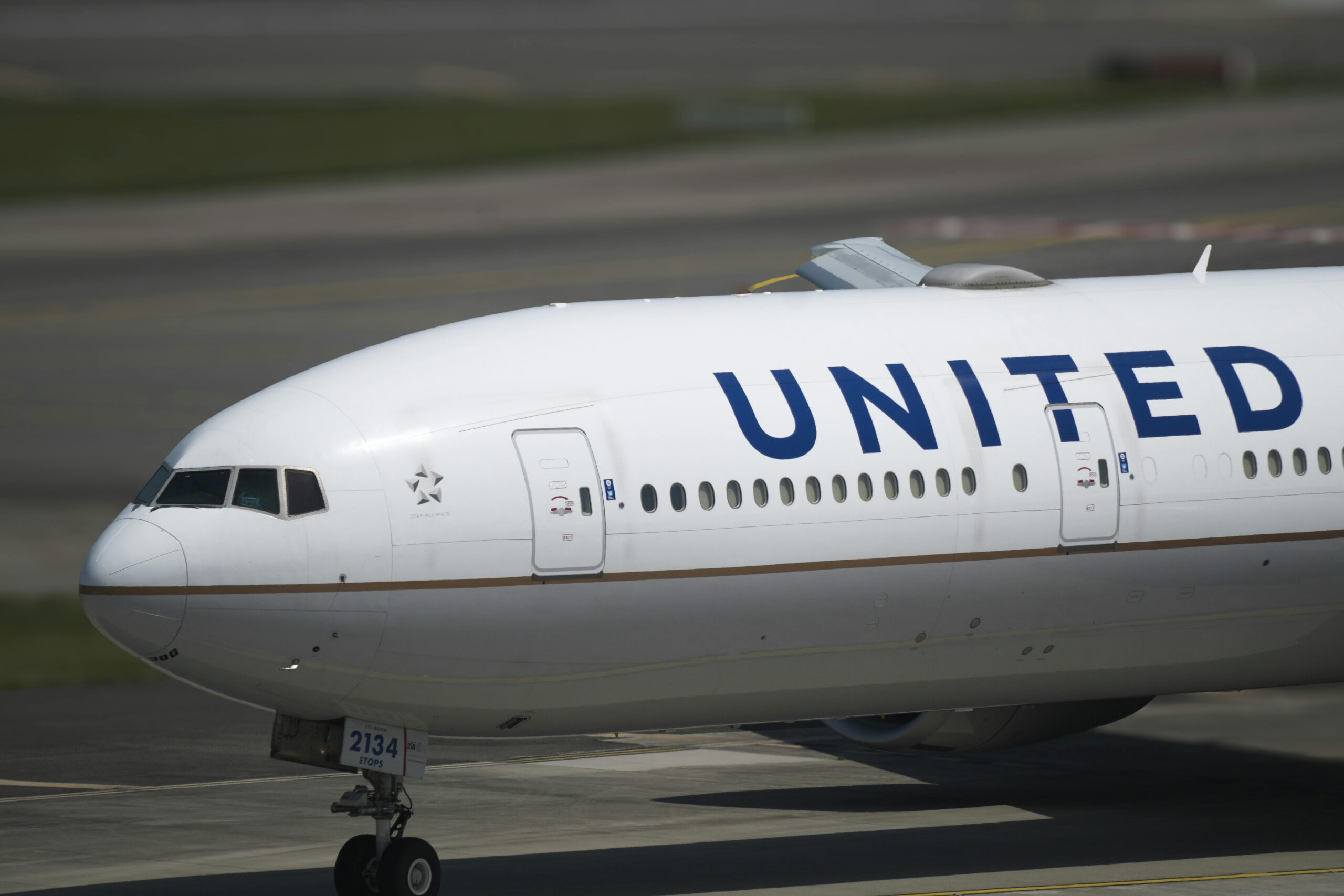United Airlines UA32- Why emergency landing?

United Airlines UA32- Why Emergency Landing
UA32 divers to Kansai Airport
Last updated: Friday, September 12, 2025, 20:15 (JST)
This is a rapid, report-based explainer. Details may change as official statements are released.
What Happened to UA32? (Timeline)
- Evening of Fri, Sep 12 (JST): United Airlines Flight UA32 from Narita to Cebu conducted an emergency landing at Kansai International Airport due to a reported aircraft issue.
- After landing on Runway A, the aircraft stopped on a taxiway. For safety, the crew deployed evacuation slides, and passengers exited onto the taxiway.
- Airport fire and rescue units surrounded the aircraft. At the time of writing, no injuries had been officially confirmed (media basis).
Because this is an early-stage situation, certain details (exact timings, phrasing, etc.) may be corrected later. This article consolidates common elements across initial reports for clarity.
Why Were the Slides Used?
When a cargo-compartment “fire” indication (or a comparable alarm) appears, the top priority is rapid, full evacuation. Cargo-bay fire/smoke scenarios carry distinct risks:
- Potential for smoke spread and re-ignition
- Need for safe standoff distance on the ground
- Limited immediate access to the compartment, which can slow initial response
Given these characteristics, the decision tree often favors stopping the aircraft and deploying slides without delay.
It’s also true that cargo-bay alerts can sometimes be false alarms. Even so, procedures are rightly biased toward safety—treating the indication as if a real fire were present and evacuating promptly. Historically in Japan, there have been instances where a cargo “smoke” alert led to a taxiway evacuation at KIX. In those cases, the airframe was not damaged, yet slide evacuations can still cause minor injuries (falls, abrasions). In short, the evacuation call is sound, while also acknowledging that slides carry inherent risk.
Working Hypotheses: What Might Have Triggered the Indication?
Important: These are hypotheses commonly examined in aviation safety. Final conclusions depend on official investigation.
1) Thermal Runaway/Fire from Lithium-Ion Cells in Checked Baggage
One frequently considered scenario is improperly placed lithium-ion batteries in checked luggage.
- Built-in batteries in phones, tablets, and laptops are strongly encouraged to be in the cabin, not in checked baggage. If an event occurs in the cabin, crew can respond immediately; in the hold, detection and access are harder.
- Spare batteries/power banks are prohibited in checked baggage and must be carried in the cabin with terminals protected.
- If a passenger unknowingly (or deliberately) checked batteries—especially multiple cells—and they experienced damage, short-circuit, or heat build-up, thermal runaway and smoke/fire could result.
2) Undeclared Lithium Batteries or Other Dangerous Goods in Cargo
Another possibility is commercial cargo containing undeclared lithium batteries or other hazardous materials.
- Properly shipped lithium batteries require strict packaging, labeling, and documentation. If misdeclared as general cargo, routine temperature/vibration during flight could damage cells and trigger thermal runaway.
- Beyond batteries, flammables, corrosives, and flammable gases—if misdeclared or improperly packed—can also lead to fire/smoke events.
3) False Alarm or Non-Fire Smoke Sources
- Sensor or system anomalies, or benign aerosols (e.g., oil mist, water vapor, other contaminants), can sometimes trigger a “fire/smoke” indication.
- Even if no actual fire is confirmed after landing, evacuation first remains the correct safety posture.
Why Lithium Batteries Are Treated So Seriously (Key Points)
- Short-circuit, damage, or overcharge can lead to thermal runaway, producing high heat and toxic smoke; cells may re-ignite.
- In the cabin, crews can isolate, cool (large amounts of water), and monitor the device. In the cargo hold, detection and access are slower.
- Hence the global rule: spare batteries = cabin only; never checked. Incident numbers have risen in recent years, prompting enhanced crew training and passenger education.
What Happens Next? (Investigation & Operations)
- Airline, airport authority, and regulators will conduct inspections and interviews. Japan’s Transport Safety Board (JTSB) may be involved as appropriate.
- Investigators will determine whether the trigger was battery-related, a sensor/system issue, or another mechanical cause, then propose mitigations (carriage rules, detection systems, ground procedures, passenger outreach).
- Airport operations: a taxiway stop and evacuation typically causes temporary operational restrictions and schedule disruptions. The exact impact in this event will emerge with further updates.
Traveler Checklist: What to Pack (and Not)
- Power banks / spare lithium batteries: Carry-on only. Protect terminals; bring a reasonable quantity.
- Laptops, tablets, phones (built-in batteries): Carry-on strongly preferred. If checked, the device must be fully powered off (not sleep) and protected against activation or damage.
- Removable “spare” batteries: Carry-on only. Never in checked baggage.
- E-cigarettes / heated tobacco devices: Not allowed in checked baggage. No charging on board; no use in the cabin.
- Smart suitcases: Ensure the battery is removable; remove and carry the battery in the cabin.
Provisional Takeaways
- UA32 diverted to Kansai, stopped on a taxiway, and passengers evacuated via slides.
- Reports mention a cargo-compartment “fire” indication as the trigger, but the root cause is not yet confirmed. Plausible scenarios include battery-related events, undeclared dangerous goods, or a detection/system anomaly.
- For travelers, the standing rule remains: “Spare batteries belong in the cabin—never in checked baggage.” Double-check your airline and regulator guidance before you fly.










